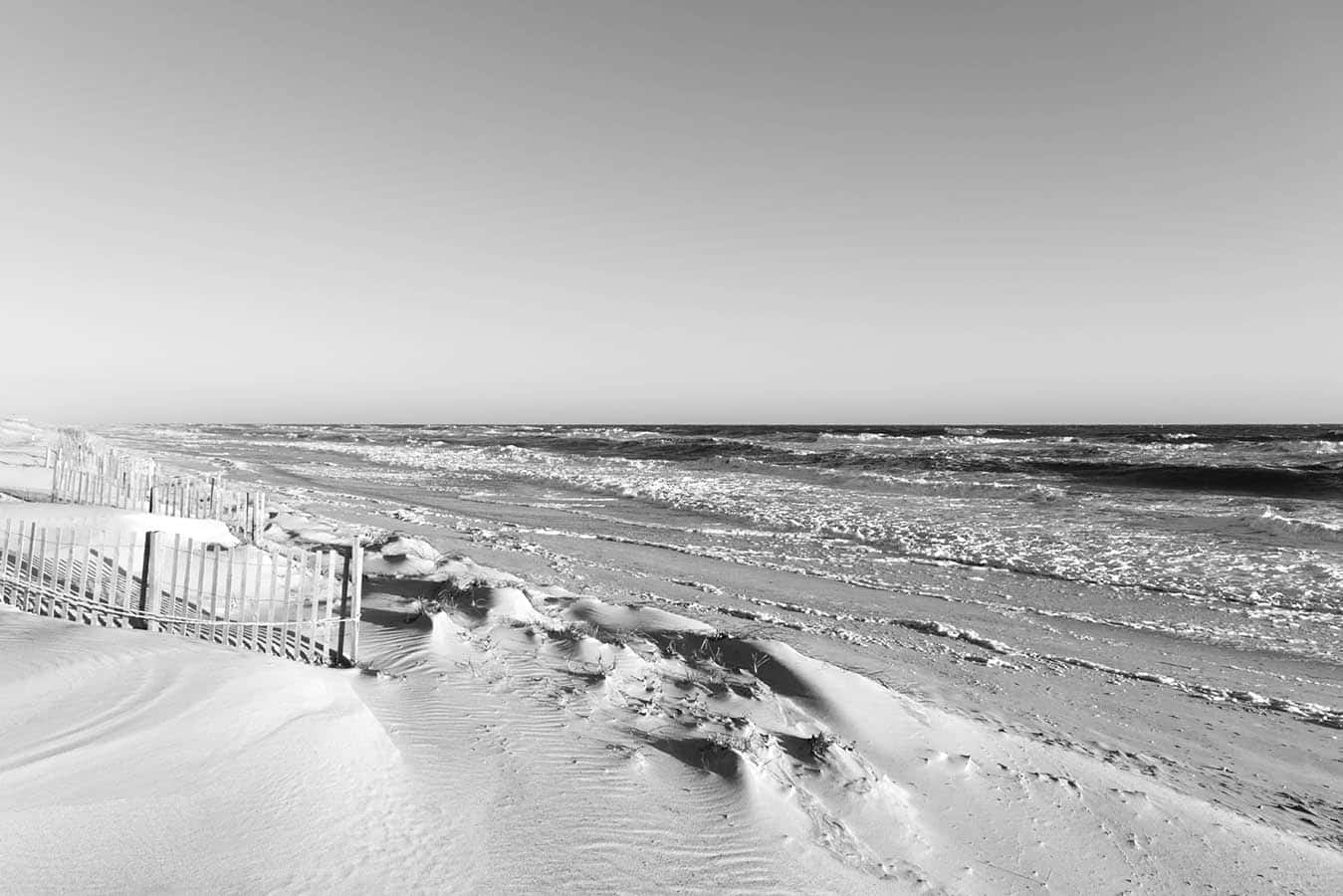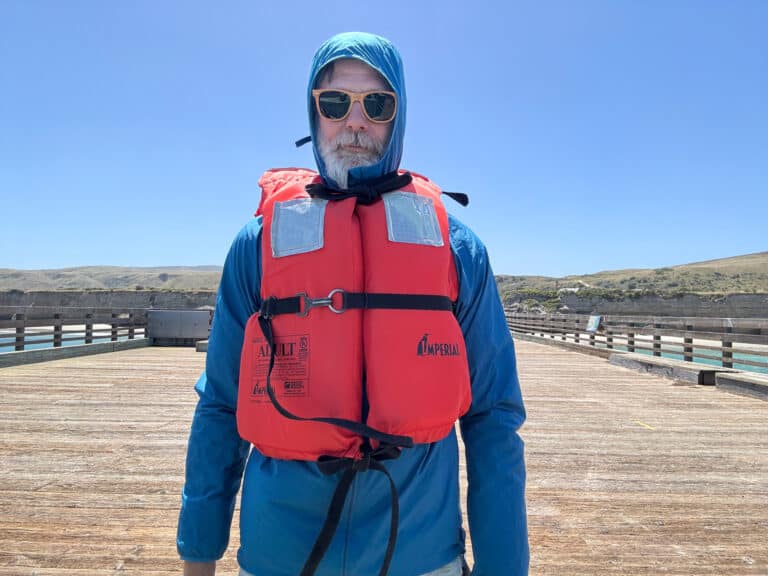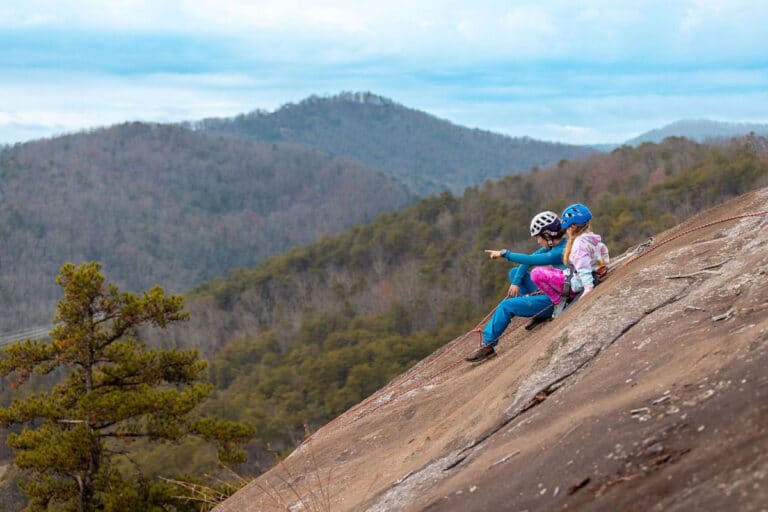Catching Covid-19 Made Me Actually Go On One.
Within days of coming home from college last December, I tested positive for Covid-19. For the 10 days afterwards, I was banished to my parents’ basement.
I am the worst at being sick, hopelessly restless in my desire to get outside. And quarantine isolation was a different animal—when my symptoms subsided after a couple days, my longing to be free intensified as my body and mind agreed it was time to go. Nothing I tried—doing yoga, reading a chapter of a book, even finishing an episode of Game of Thrones—made me less antsy.
That is, until I started planning surf trips. Researching a trip lets me imagine myself traveling to a faraway place, sleeping in a car or at some beachside hostel, and scouting waves, all without leaving my couch. Thanks to other surfers, there is plenty of online content in the form of videos, trip reports, and forum threads to make that vision feel as vivid as possible. Best of all, it’s a task that requires zero follow-through: I never have to actually go.
I’m used to doing this. At college in Maine, my friends and I constantly fawned over possible trip destinations. We checked swell forecasts, looked for cheap flights, and researched the surrounding areas where we might stay. We talked of the waves in Puerto Rico, Hawaii, Indonesia, Ireland, France. Nowhere on Earth was out of discussion. Nowhere was too far, too cold, or too remote to send.
These trips almost never happened. Even in pre-COVID times, obvious barriers stood in the way of our would-be ventures. Flights were too expensive, our workloads at school too onerous, our schedules never lined up. We rarely surfed outside of Maine.
Actually going on these trips was never really the goal, though. There’s comfort in the act of planning and not going. Planning holds all the tingly anticipation of a trip with none of its potential disappointment. Our rosy visions of surfing against a backdrop of Icelandic fjords or a sunset in Bali could stay that way—rosy. Between tabs of Google docs and JSTOR articles on our laptops, Expedia and wave forecasters like MagicSeaweed weren’t just planning tools, they were windows into other worlds. These trips were the best respite from our busy lives at school, even if most of them were only imagined.
So I went on, imagining my way out of my basement. With no one to share dinner and ogle over the current waves in Portugal, I texted and FaceTimed friends about their plans for the next few weeks. I passed the days monitoring swells in Santa Barbara, Montauk, and the Pacific Coast of Costa Rica, knowing the odds of surfing there anytime soon were slim.
While checking the waves in these faraway places, though, something caught my eye closer to home. A swell was forecast to come up the East Coast in the first week of the new year. Waves would hit Virginia Beach and the Outer Banks—the closest ocean to my hometown in western Virginia—near the end of my 10-day isolation. Suddenly, a thought crossed my mind that rarely did when planning big surf trips—what if I actually went?
I had lots of reasons to not go. Weather was looking bad. The waves weren’t all that promising either. MagicSeaweed predicted 7-10 feet in the Outer Banks, but onshore winds were threatening to blow out the swell for the entire region. On top of the usual uncertainties, this would also be the first day in over a week that I could see people, go outside, and hug my mom. Of all the surf trips I’ve planned and bailed on, why would I go on this one?
This was a question I repeatedly asked myself while the wind howled at the doors of my Mazda crossover, which I tried in vain to sleep in after driving 7 hours to the Outer Banks on my last day of isolation. I had left early and missed the snowstorm that day, thank God, but the weather was far from calm at 3 a.m. Come morning, the sea would be ugly, dangerous, and completely unsurfable.
As I stared at the car’s ceiling wondering why, I thought back to one of the few surf trips I had also turned into reality. My college friends and I never made it to Bali or Iceland, but we did go to Nova Scotia. Last year, a few friends and I spent weeks researching spots across the Canadian province, figuring out how many we could hit in our four day fall break. There was a famous left on Cape Breton Island in the north, consistent beach breaks near Halifax, and dozens of point breaks scattered between.
Our trip failed. Because of the flat waters that weekend, we surfed none of our intended targets.
But that trip proved that the intended targets didn’t really matter. We had shared our plans for the trip with friends who surfed and friends who didn’t. We crammed 13 into the Airbnb we booked for 12. Several of us didn’t have any interest in surfing to begin with; after a couple days of exploring the coast, cooking massive communal dinners, and enjoying the general distance between us and the bustle of our normal lives, neither did I. It’s fun to plan around the surf, but part of the fun is knowing that the plan barely matters. From a surfer’s perspective, the trip was a total failure. It was also one of the best weekends I can remember.
My post-Covid-19 escapade to the Outer Banks was looking less glamorous. The waves were shit, the wind was cold, and, for the 11th day in a row, I was completely alone.
But after eating a giant bowl of grits in Kitty Hawk that morning, I drove north to Virginia Beach’s 1st Street Jetty and found the unthinkable—surfable waves. Virginia Beach feels like a ghost town in the winter. But when waves come, the surf scene breaks that aura of loneliness, turning the water at 1st Street into a circus. It broke my loneliness too. The water was still choppy from the windy night before, but those coffee-colored waves were some of the best of my life.
I drove home beaming. I’m grateful for my habit of noncommittal surf trip-planning. Over two years of dealing with pandemic-fueled feelings of isolation, we’ve gotten better at finding our ways out of our rooms, even when we’re physically stuck in them. We’ve found lots of ways to adapt. My favorite is planning surf trips, in all its lazily satisfying glory.
But I’m also glad that once I was out, really out, I still went to the beach. Planning surf trips might have gotten me through isolation because it’s a task that doesn’t require completion. It’s all anticipation, all possibilities. But going reminded me of why those possibilities are exciting in the first place—namely, that you can never imagine all of them.
Cover photo: The author’s view, when he made it to the beach, near Jeanette’s Pier in the Outer Banks. Photo by Chris Ritter







